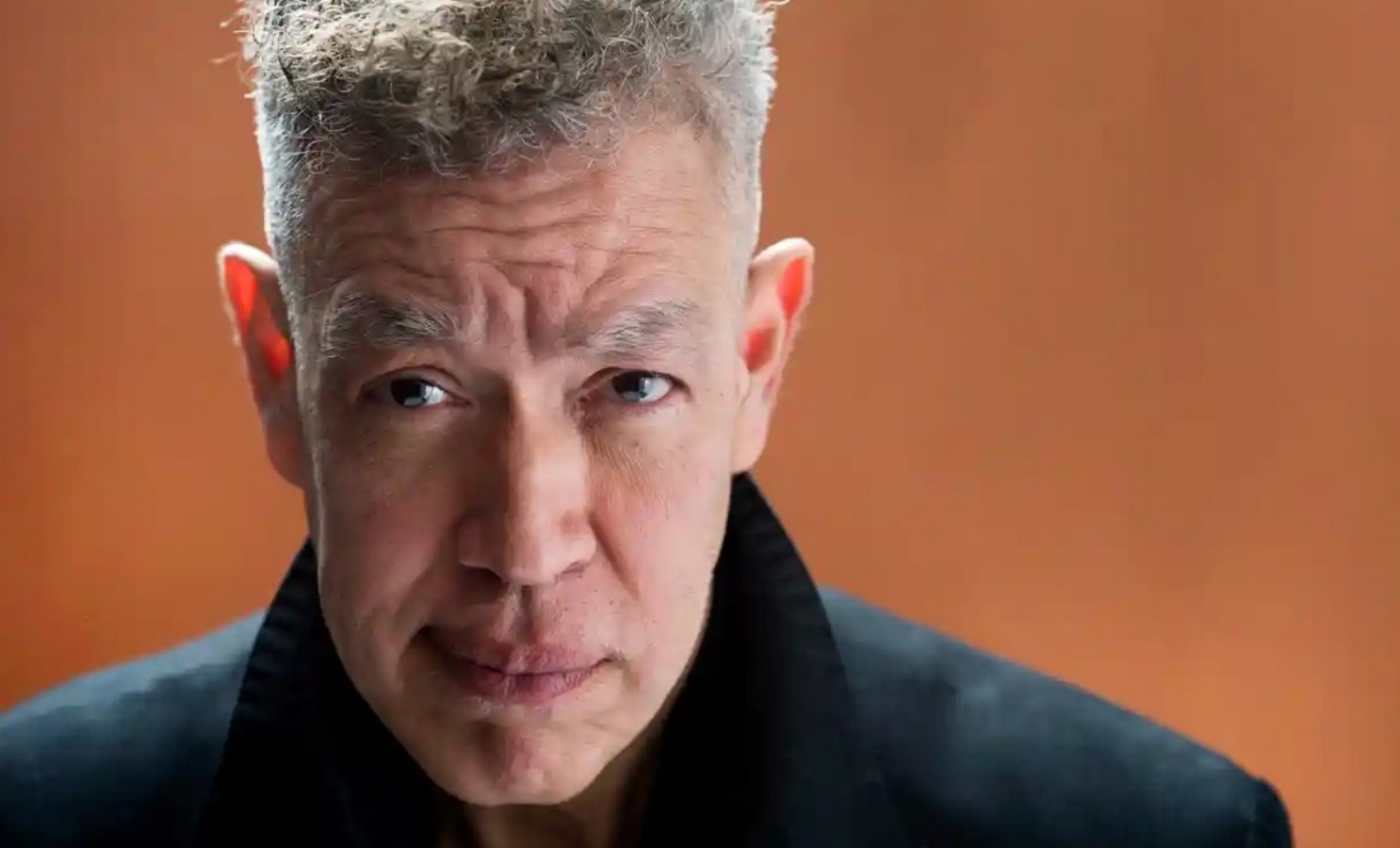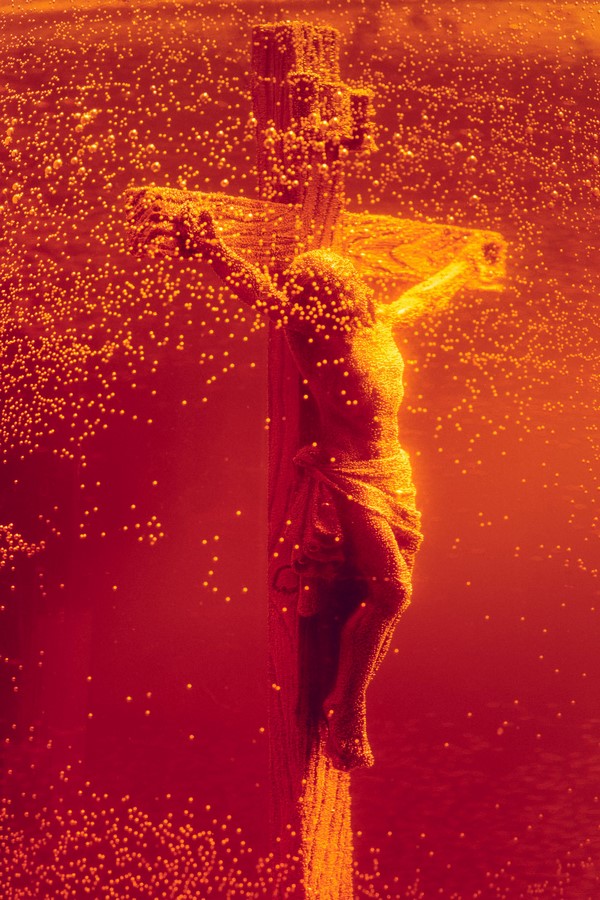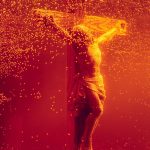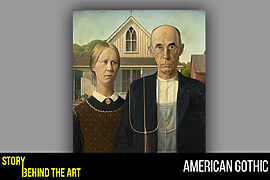Overview of the Artist | Andres Serrano
Andres Serrano is a world-renowned photographer who has been capturing images for over three decades. He was born in 1950 in New York City to a Puerto Rican father and a Honduran mother. He was raised in the Bronx and attended public schools. After high school, he joined the U.S. Army and served in Vietnam. Upon his return, he enrolled in the Brooklyn Museum Art School, where he studied painting. His work often focuses on controversial and taboo subjects and has earned him widespread acclaim and criticism throughout his career.

A New York City native, he studied photography from 1967 to 1969 while attending the Brooklyn Museum of Art School. He became well-known in the late 1980s when conservatives found his work offensive, which led to a debate regarding federal support for the arts.

Since then, Serrano has cultivated a very successful career as a photographer. His most well-known series of photographs is called ‘The Morgue’, which features images of corpses he captured while working at a morgue. Other notable series include ‘A History of Sex’ and ‘America.’ In addition to his photographic work, Serrano is an accomplished artist who works in various mediums. He has exhibited his work and is featured in prestigious museums and private collections.
Throughout his career, Serrano has continued to push boundaries with his work, creating provocative images that spark dialogue and debate. In recent years, he has shifted his focus from large-scale installations to more intimate portraits, though his commitment to exploring painful subjects remains steadfast.
Career- Philosophy, Style of Work
In the early 1980s, Serrano began experimenting with his signature style of using nontraditional materials such as urine, blood, and faeces to create artworks that commented on social issues like religion, race, and politics. His 1987 piece Piss Christ, which features a crucifix submerged in urine, caused an uproar when it was first shown publicly; however, it also garnered critical acclaim and helped cement Serrano’s reputation as one of the most controversial artists of his generation. His most famous pieces are from his “Death and Taxes” series, in which he photographed various taxidermied animals.

Andres Serrano challenges his and other people’s fixations on subjects that are just on the verge of being acceptable. He claims he wants to learn more about things and inspire people to discuss issues they don’t typically discuss. We learn through facing our apprehension of the unpredicted and the unfamiliar.
Serrano aims to depict the subject matter that is most captivating in a technically flawless manner that leaves out unnecessary components. He frames the key elements and situations and gives them vibrant colour renderings.
Serrano’s photography is characterised by its bold use of colour and light. He often uses bright primary colours to create a striking contrast with the dark subject matter of his images. This contrast is often jarring and unsettling, but it also makes a powerful visual impact that stays with the viewer long after seeing the picture. As a photographer, Andres Serrano is interested in exploring the relationship between art and religion. In particular, he is fascinated by how religious iconography can be used to create compelling works of art. In his art philosophy, Serrano believes that all religions are equally valid and that each has its unique beauty. He also thinks art should be accessible, regardless of background or beliefs.

In addition to his use of colour, Serrano’s compositions are often straightforward. He frequently uses close-up shots that fill the frame with his subject matter. This creates an intimate connection with the viewer as if he sees the world through his eyes. In numerous of his images, Serrano has dipped Christian and other symbols in his bodily fluids. Other times, he has mixed blood, urine, sperm, and milk—all evocative and symbolic essential fluids—in different ways.
Serrano was raised in a Catholic household. His early exposure to the faith appears to have shaped how he explores the close connection between the holy and the profane. Serrano has created a series of photographs including homeless people (or “nomads,” as he refers to them), members of the Ku Klux Klan, Catholic clergy, weapons, and a lengthy collection of corpses from the municipal morgue.
Serrano has participated in several solo exhibits abroad and has been awarded funding by the New York State Council for the Arts and the National Endowment for the Arts. Several books have been written on him, including one published to go along with a retrospective show at the Institute of Contemporary Art in Philadelphia. Whether you love or hate his work, there is no denying that Andres Serrano is a master of creating unforgettable images.
Through his photography, Serrano seeks to challenge viewers’ preconceptions about religion and to open their eyes to the beauty and depth of meaning within all faiths. In doing so, he hopes to promote tolerance and understanding between people of different cultures and beliefs.
Citation:
- Andres Serrano (2022) Fotografiska Stockholm. Available at: https://www.fotografiska.com/sto/en/utstallningar/andres-serrano-redemption/ (Accessed: November 16, 2022).
- Andres Serrano (2022) International Center of Photography. Available at: https://www.icp.org/browse/archive/constituents/andres-serrano?all%2Fall%2Fall%2Fall%2F0 (Accessed: November 16, 2022).
- Andres Serrano – Overview (no date) Galerie Nathalie Obadia. Available at: https://www.nathalieobadia.com/artists/58-andres-serrano/overview/ (Accessed: November 17, 2022).
- A history of violence: Why Andres Serrano turned his camera to torture (2019) The Guardian. Guardian News and Media. Available at: https://www.theguardian.com/artanddesign/2019/feb/13/andres-serrano-interview-torture (Accessed: November 16, 2022).






















